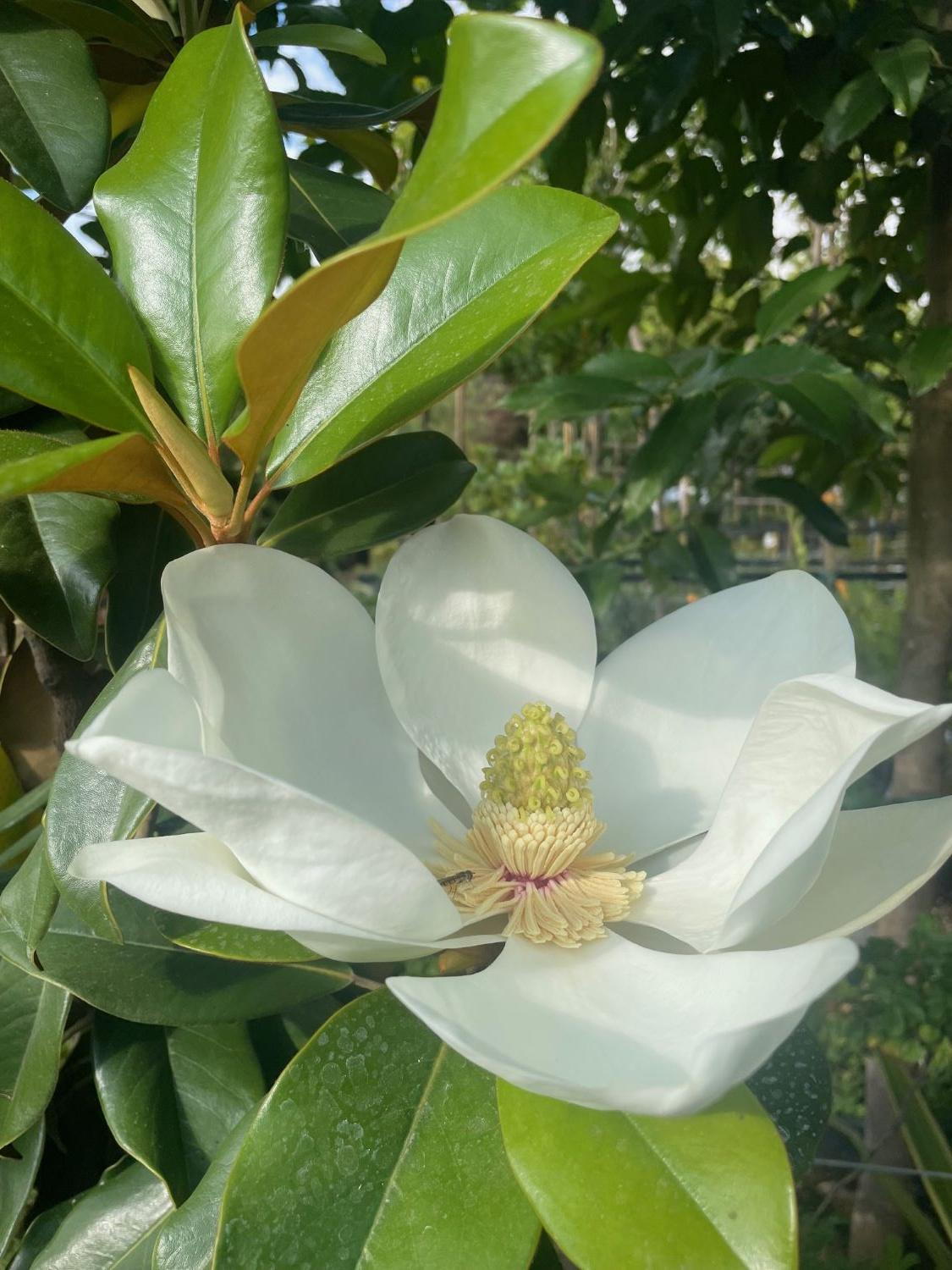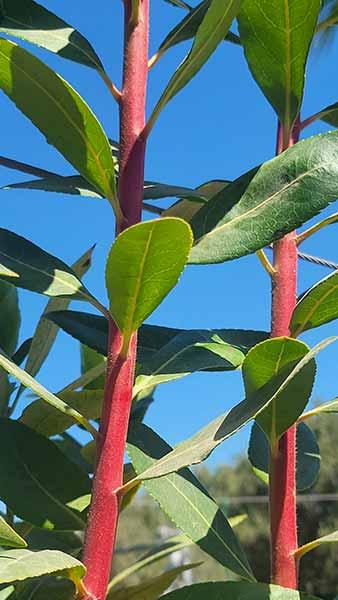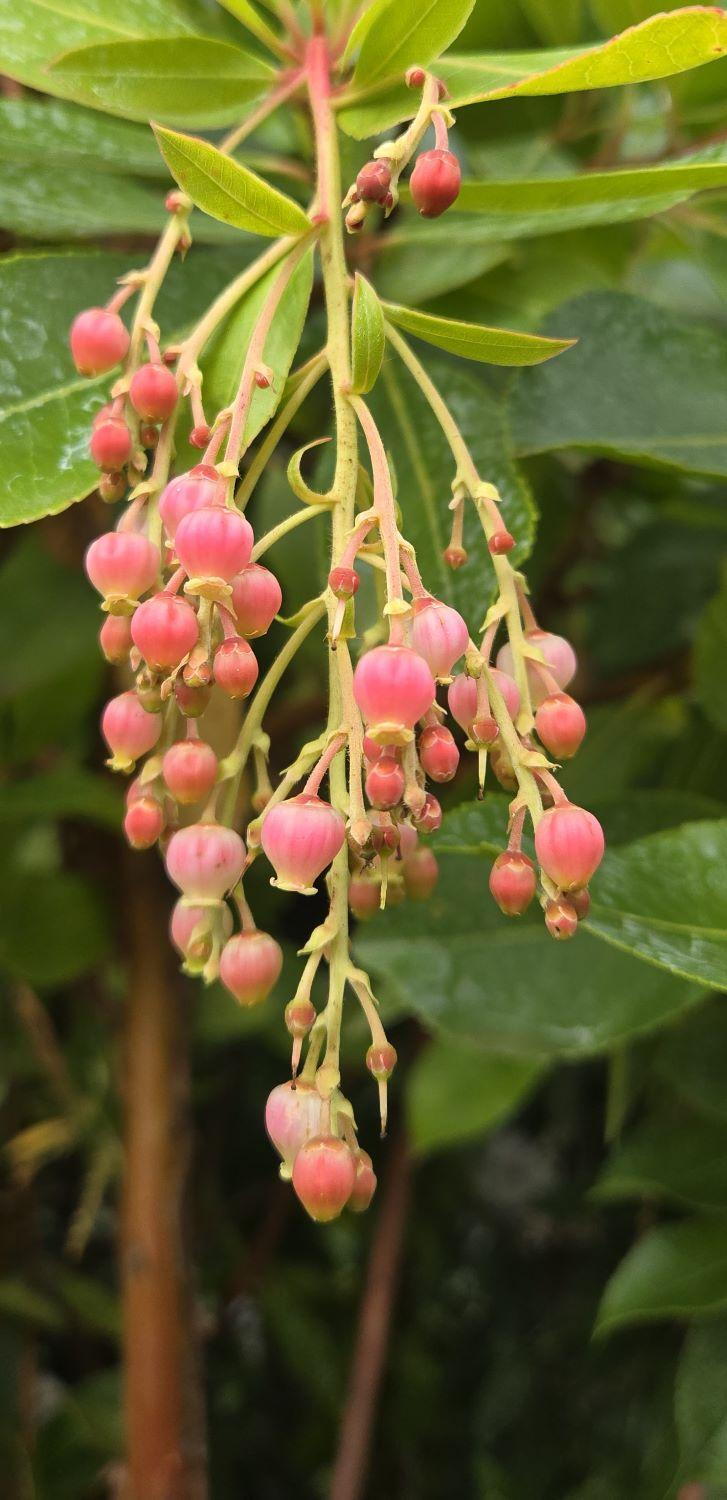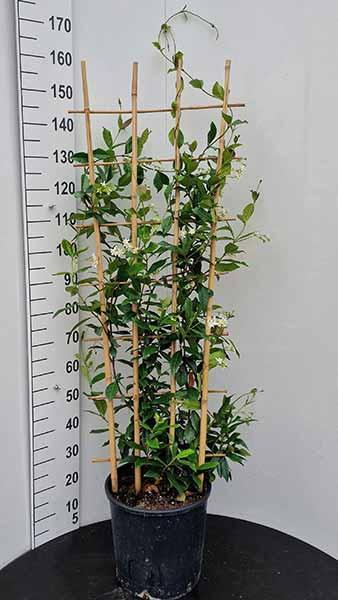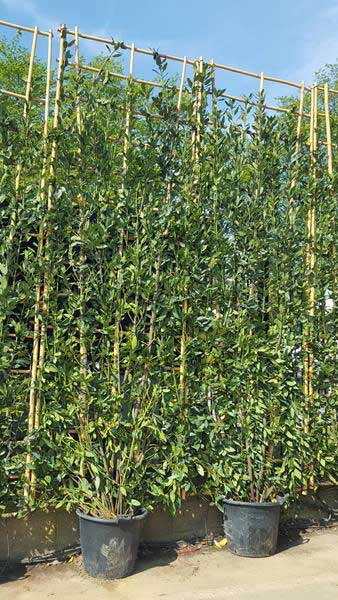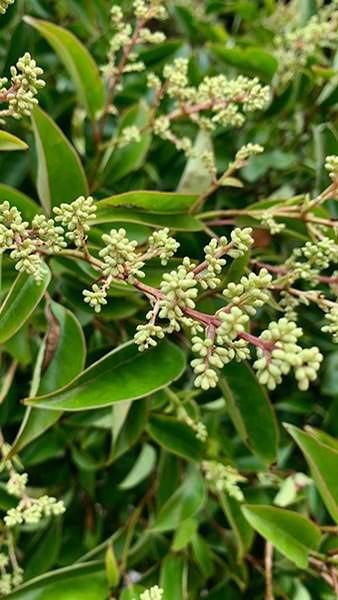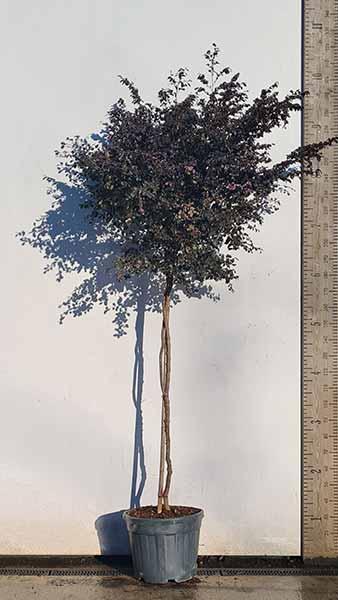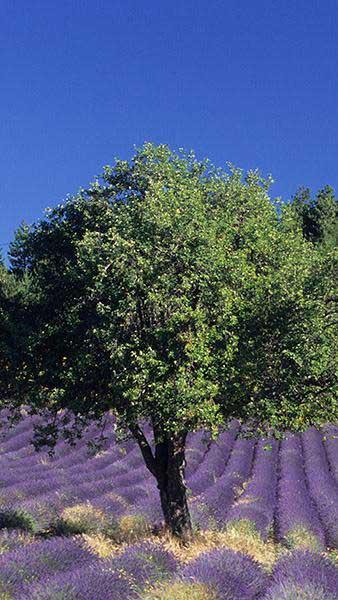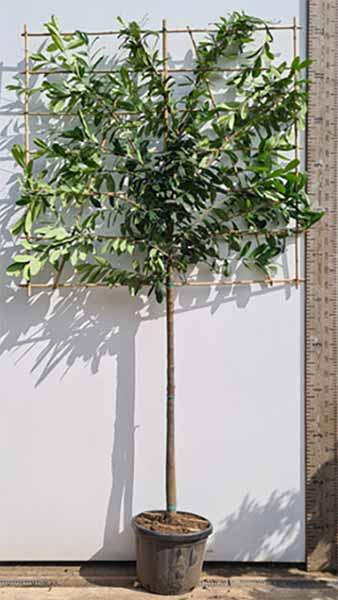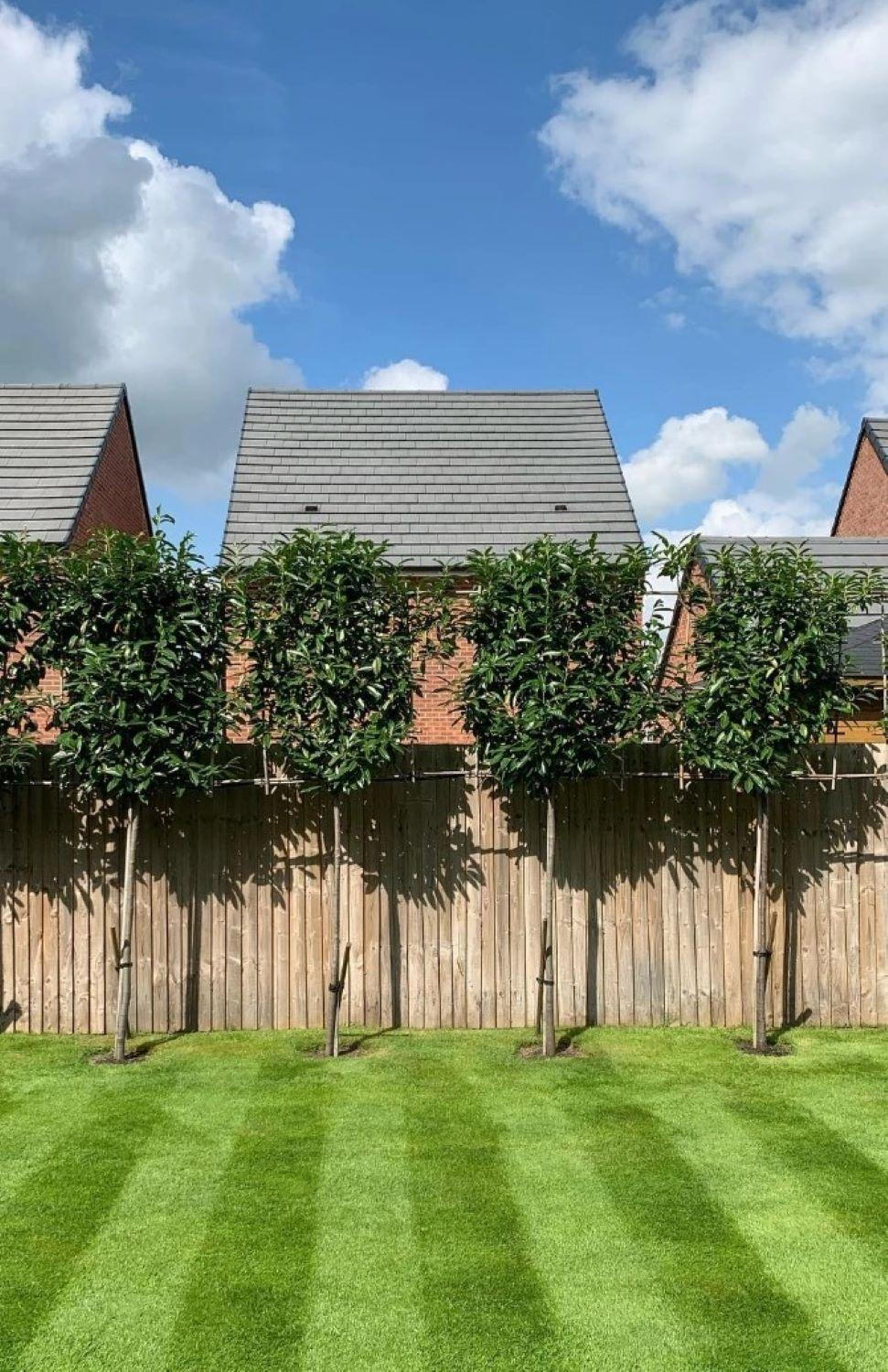
Mærke
- Garden Plants Oline 2.755
- Spigen 2.513
- Oxford University Press 2.245
- Volentis 2.156
- Taylor & Francis Ltd 1.842
- Paramount Plants & Gardens 1.822
- PanzerGlass 1.636
- Timberland 1.535
- Teyes 1.232
- AuthorHouse 1.009
- Flame Tree Publishing 933
- SoundHouse 929
- Bloomsbury Publishing PLC 880
- Hallis Hudson 750
- LIGHTNING SOURCE INC 706
- GARBO&FRIENDS 684
- Australian Bodycare 610
- The Steel Gallery 600
- McFarland & Co Inc 570
- HarperCollins Publishers 563
- Xlibris 556
- LEGARE STREET PR 534
- iUniverse 531
- NIKE 489
- Cambridge University Press 455
- GreyLime 427
- UAG 411
- Hal Leonard 402
- Houdini 390
- Canevari 386
- Garden Plants Online 378
- Apple 358
- HASSELL STREET PR 355
- CHRISTMAS SWEATS 353
- LAP Lambert Academic Publishing 342
- Random House USA Inc 341
- SAFE. by PanzerGlass 340
- Willow Tree 340
- Legare Street Press 339
- Oxford University Press Inc 332
- PANZERGLASS 324
- Blurb 320
- Venum 317
- CARE by PanzerGlass 299
- Xlibris US 298
- WestBow Press 296
- Palgrave MacMillan 288
- SPRINGYARD 272
- NORTAGG 271
- Samsung 271
- Hachette Children's Group 270
- The North Face 270
- 3M 262
- Rowman & Littlefield 259
- Outskirts Press 255
- J.R. Cook Publishing 254
- Springer Nature Switzerland AG 254
- HarperCollins Publishers Inc 243
- Carhartt WIP 242
- Markberg 242
- Wonderful Warehouse 238
- DAU-DAW 232
- Penguin Books Ltd 226
- Pan Macmillan 225
- Little, Brown Book Group 220
- Archway Publishing 218
- Xulon Press 218
- Mobile Origin 215
- Creative Media Partners, LLC 213
- FriesenPress 210
- Springer International Publishing AG 207
- Molo 205
- ASUS 200
- ICECREAM 190
- MTP Products 189
- BearManor Media 188
- Monnalisa 184
- BROSTE COPENHAGEN 183
- Page Publishing, Inc. 180
- Artgeist 179
- Satana 170
- Taylor & Francis Inc 169
- Lexington Books 166
- Fritz Hansen 164
- Penguin Random House Children's UK 164
- Springer 164
- HARPERCOLLINS 162
- SIRIUS HOME 161
- Springer-Verlag Berlin and Heidelberg GmbH & Co. KG 161
- People Tree 160
- Deborah Quick 158
- Polo Ralph Lauren 157
- SquareCatDiscogs 156
- Evergreen 154
- ROSEANNA 153
- Balboa Press 152
- Fumetsu 152
- Trafford Publishing 151
- TREE HUT 150
- Little, Brown & Company 146
Farve
- Sort 998
- Black 682
- EVERGREEN 654
- TREE OF LIFE 408
- TREE HOUSE 376
- White 361
- NATURE 305
- WHITE 283
- GREEN 270
- NAVY 236
Størrelse
Køn
Butik
- Tales.dk 17.038
- Bogreolen.dk 17.019
- Plusbog.dk 15.338
- Coolpriser.dk 5.429
- Boozt.com 4.428
- Proshop.dk 4.353
- Garden Plants Online 3.133
- Huma.dk 2.893
- Multitronic 2.760
- SoundHouse 2.162
- Svedberga Plantskola AB 2.156
- END Clothing 2.022
- Paramount Plants 1.822
- K4G.COM 1.779
- Skiftselv.dk 1.478
- SkiftSelv.dk 1.474
- Booztlet.com 1.225
- Stepnote.dk 1.116
- Poster & Frame 923
- Booztlet 750
- Professional Building Supplies 646
- Canevari 606
- PCLAND 598
- Farmacia Reale FI 520
- Boozt.com - available 498
- MyTrendyPhone.dk 475
- FarmaWeb.it 472
- Bytomic 466
- Your Stylish Home 450
- Zenga Interiors 450
- Grafical.dk 428
- Houdini Sportswear 390
- panzerscreen.dk 343
- Sellpy.dk 334
- Booztlet PL 327
- Undergroundshop.se 316
- Dinapoteker.dk 282
- Av-Cables 269
- beautycos.dk 261
- whisky.dk 260
- Carhartt WIP UK 242
- Helsebixen.dk 242
- Markberg Official 237
- Superdrug 220
- K-sport uk 219
- Solidstore 219
- Jacobsen Plus 215
- www.grafisk-handel.dk 207
- klubklub.dk 205
- Cykelexperten.dk 193
Pris (EUR)
- <5 1.996
- 5 - 10 4.258
- 10 - 20 25.973
- 20 - 50 41.002
- 50 - 100 14.686
- 100 - 200 8.359
- 200 - 500 6.315
- >500 7.257



